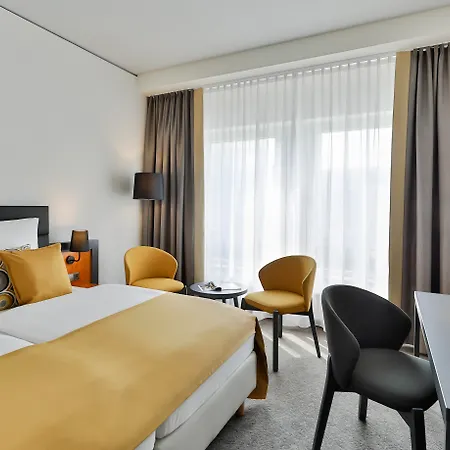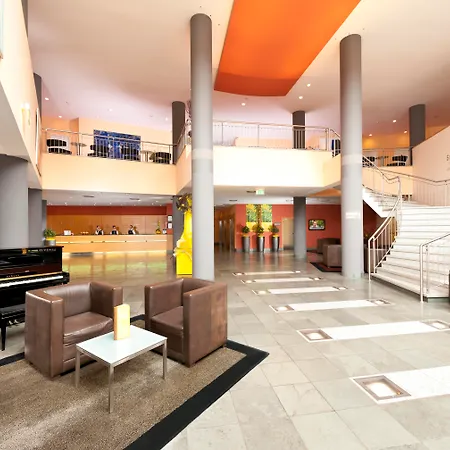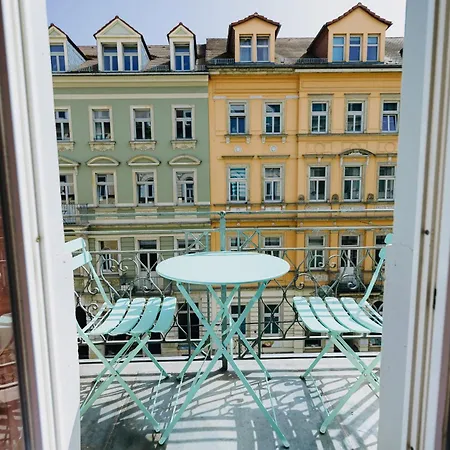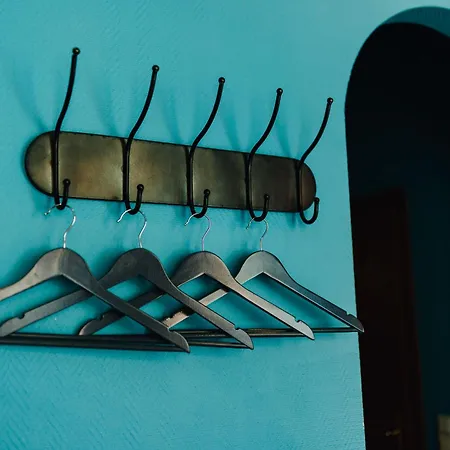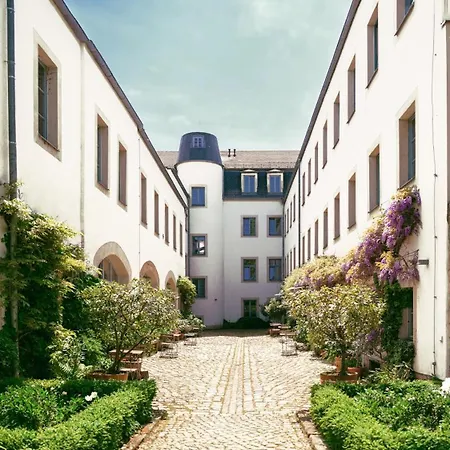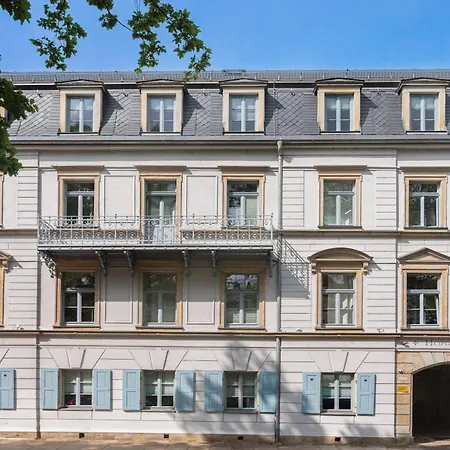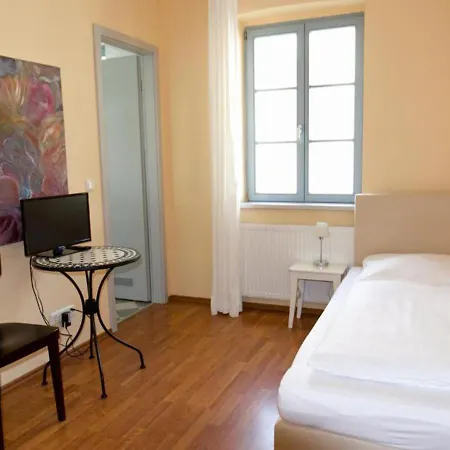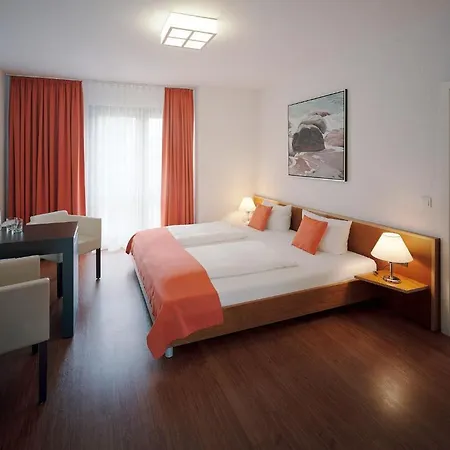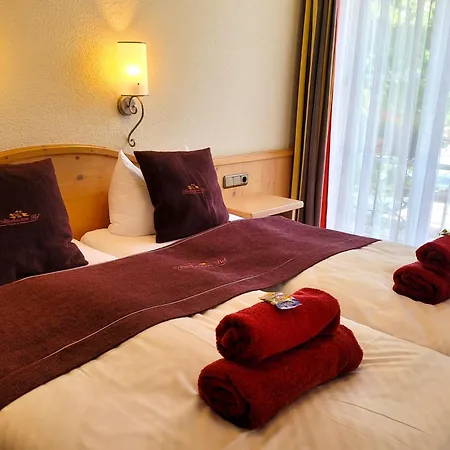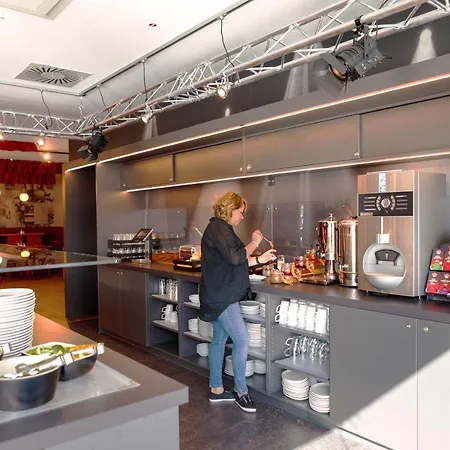Kathedrale Ss. Trinitatis
Check Availability
Architectural Marvel: Kathedrale Ss. Trinitatis
Kathedrale Ss. Trinitatis stands as a prominent feature in Dresden's historic skyline, blending baroque architecture with rich history.
Constructed between 1739 and 1751 under the direction of architect Gaetano Chiaveri, this cathedral served as the Catholic Court Church. Following significant destruction during World War II, it was meticulously restored in the 1980s. Its exterior showcases elaborate designs, contrasting with the minimalist interior, highlighted by a gilded altar and a notable pulpit. This site also serves as a burial ground for members of the House of Wettin.
Noteworthy Features
🔔 Solid Stone Pulpit: A prominent feature, symbolizing the church's art and history.
🎶 Historic Organ: A 250-year-old organ that enriches the musical heritage of the cathedral.
⚰️ Royal Tombs: Houses the tombs of several Saxon rulers and Polish monarchs, emphasizing its cultural significance.
Accessible to all at no charge, Kathedrale Ss. Trinitatis attracts tourists, families, and historians alike, ensuring a rich experience for visitors.
Interesting Facts about Natural History Museum Kathedrale Ss. Trinitatis
Foundation Year
Founded in 1739 as the Catholic Court Church for Saxony.
Architectural Style
Designed in the baroque style, featuring detailed and vibrant exterior decorations.
World War II Damage
Heavily bombed in WWII, leading to its reconstruction in the 1980s.
Cultural Significance
Serves as the burial site for several members of the House of Wettin.
Location
Stay Near Kathedrale Ss. Trinitatis Best Hotels
Address
View mapSchloßstr. 24 (Chiaverigasse)
Opening Hours
Friday:
10:00 AM–5:00 PM
Monday:
10:00 AM–5:00 PM
Saturday:
10:00 AM–5:00 PM
Sunday:
10:00 AM–5:00 PM
Thursday:
10:00 AM–5:00 PM
Tuesday:
10:00 AM–5:00 PM
Wednesday:
10:00 AM–5:00 PM
Contact Information
Price
Free. Donations are appreciated but not required.
Average Visit Duration
Duration: 1–2 hours.
Best Time to Visit
Weekday mornings (10:00 AM–12:00 PM) are optimal for fewer crowds.

